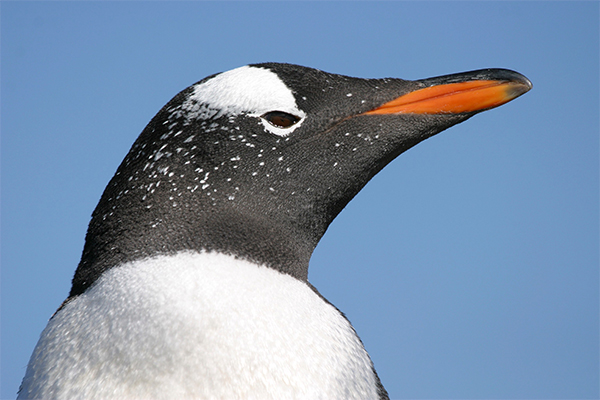
Gentoo Penguin
Gentoo penguins are here all year round. They nest up to 1.5 km inland and make daily treks between their nesting sites and the sea.
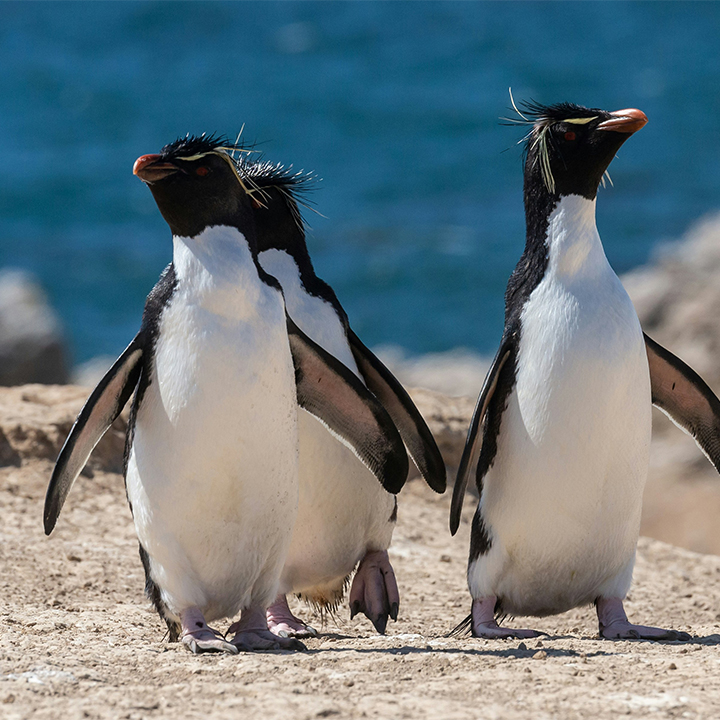
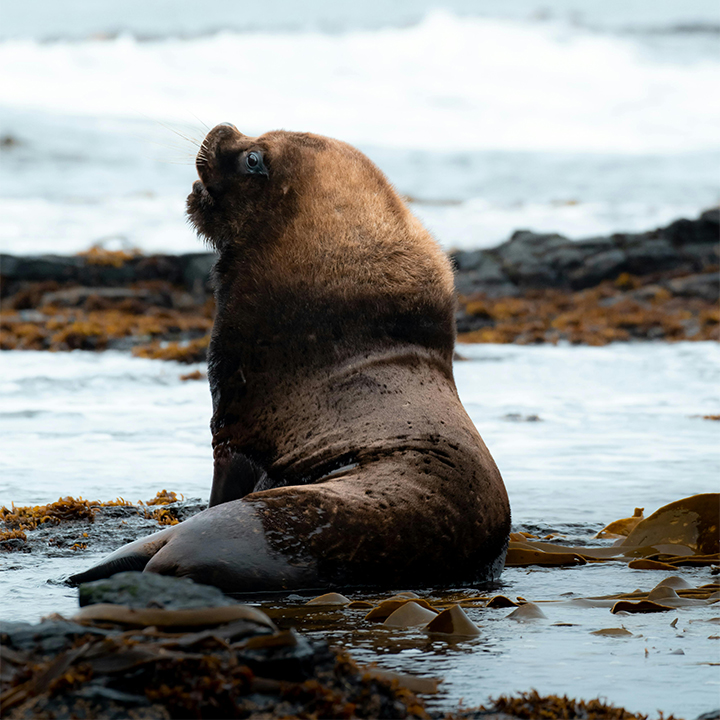
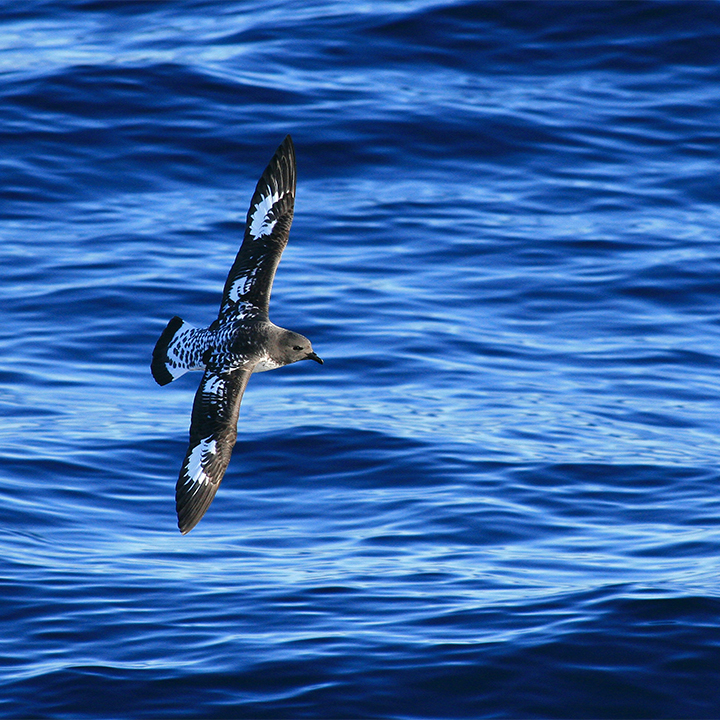
The Falkland Islands are home to vibrant and diverse wildlife, including some of the world’s most significant seabird and marine mammal populations. Many visitors come to see the penguins, and with good reason, but the Islands are also home to a vast array of bird species as well as terrestrial and marine mammals such as dolphins, whales and seals. Some animals migrate to the islands to breed during the summer, while others are endemic to the Falklands, making them a truly special part of the local ecosystem.
Nature is on your doorstep here, and wildlife will often come to you. But remember to respect their space – following the Countryside Code will help protect these amazing animals and their habitats. Always keep a minimum of 6 metres from wildlife and breeding colonies to prevent disturbance and follow biosecurity guidelines to safeguard the island’s unique environment.
Living in the Falklands means sharing your surroundings with some of the planet’s most incredible wildlife; a humbling and unforgettable experience!
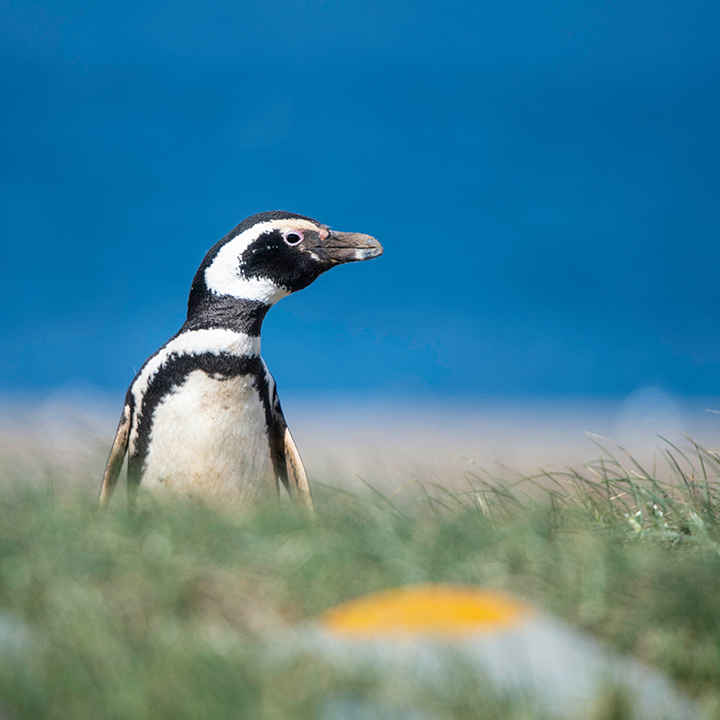
The Falklands are one of the best places in the world to see penguins in the wild. Five species can be found here, each with their own unique characteristics and habits. The Falklands offer a unique opportunity to see these amazing birds up close without disturbing their natural environment.

Gentoo penguins are here all year round. They nest up to 1.5 km inland and make daily treks between their nesting sites and the sea.
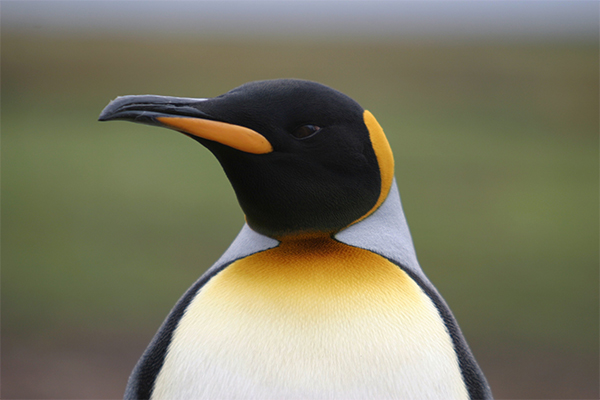
The largest penguin species in the Falklands, King penguins, have orange marks and are very graceful. They do not migrate and can be seen standing in tight groups as they incubate their eggs. The biggest and most accessible colony is at Volunteer Point.
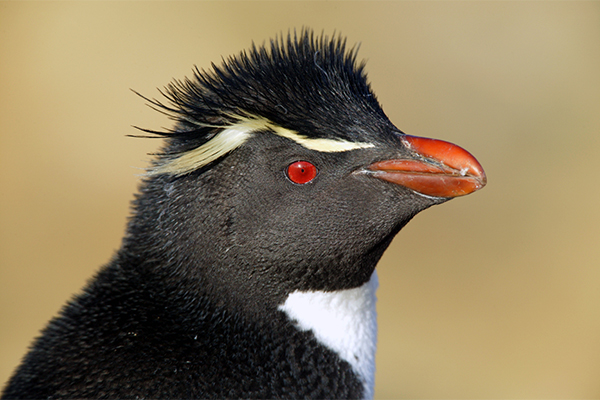
The smallest of the Falkland penguins, Rockhoppers, have yellow eyebrows and are energetic. They can be seen hopping up steep rocky cliffs to their nesting sites.
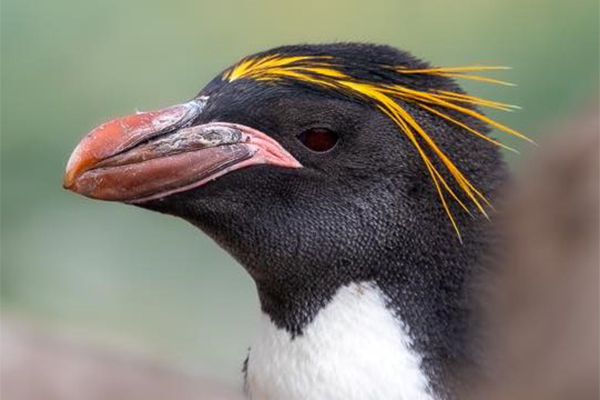
A rarer sight in the Falklands, the Macaroni penguin is recognisable by its yellow crest. It looks similar to a Rockhopper penguin but is slightly larger and with bigger beaks and plumage. They can be spotted amongst Rockhopper colonies at certain sites.
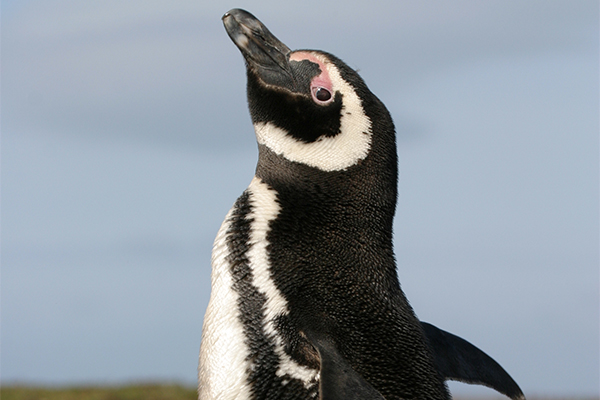
Also known as ‘Jackass Penguins’ due to their donkey-like bray, the Magellanic penguin usually nests in burrows on coastal slopes.
Take care when walking not to step through or into a burrow! They are residents only in the summer.

The Falklands are a unique opportunity to see rare and diverse birdlife in a pristine environment. Over 220 recorded species of birds can be found here. The Islands are home to a mix of resident land and waterbirds, breeding seabirds, migratory species and occasional visitors.
Three species are found nowhere else in the world:
Here are just a few more of the amazing birds you can find in the Falklands:

These magnificent seabirds nest on the dramatic coastal cliffs, gliding effortlessly over the ocean on their long wings.
Over 70% of the world’s population of Black-browed Albatross breed in the Falklands.
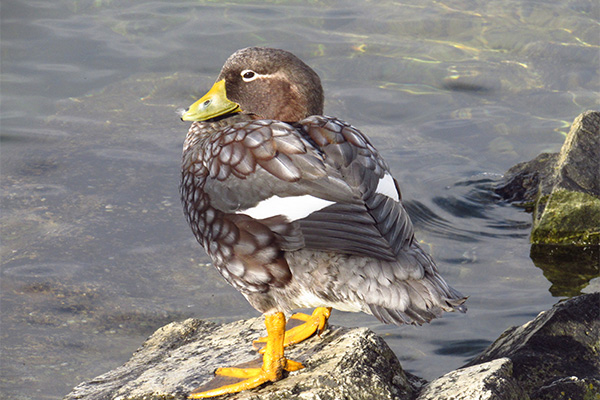
These flightless birds are endemic to the Falklands and are found along the coast. Males have orange bills and feet, while females have yellow bills.

Locally known as “robins,” males are easily recognised by their bright red breasts, and females are brown. They can be spotted in grassy areas and farmland across the Islands.
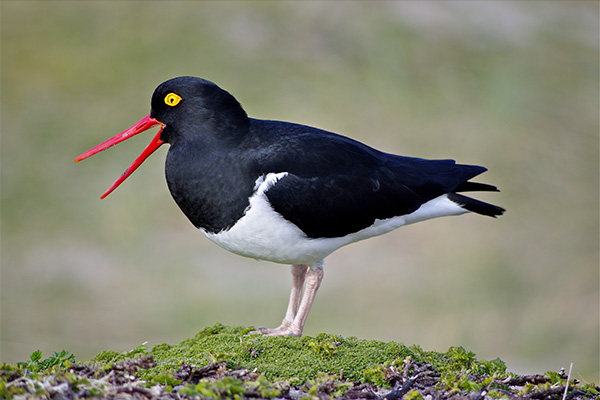
They are recognisable by their black-and-white plumage and orange beaks and are found along beaches and coastal areas. Their high-pitched call can be audible before they are seen.
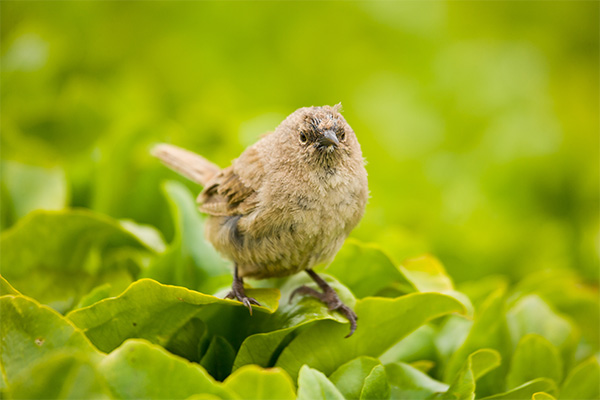
This small, inquisitive bird is another endemic species found only on predator-free islands with no cats, rats or mice.
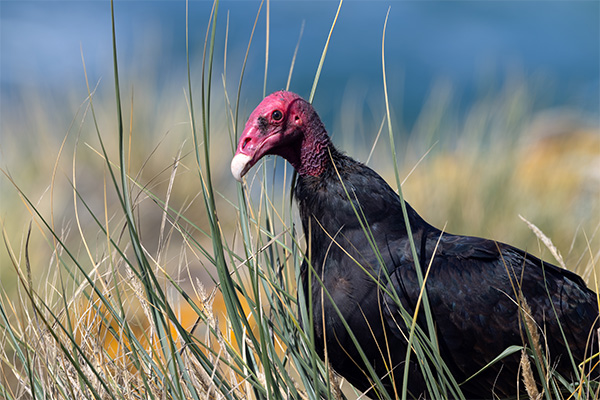
As carrion feeders, they clean up carcasses. They are often seen soaring overhead or sunning themselves on trees and buildings in Stanley.
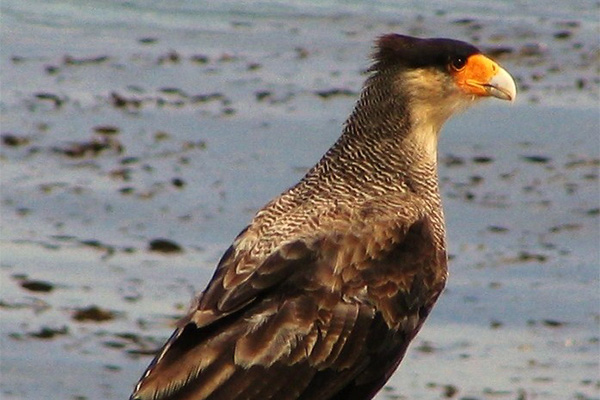
A large bird of prey, generally shy, but has recently been seen more often in and around Stanley. Unlike other raptors, they scavenge and are intelligent and adaptable.
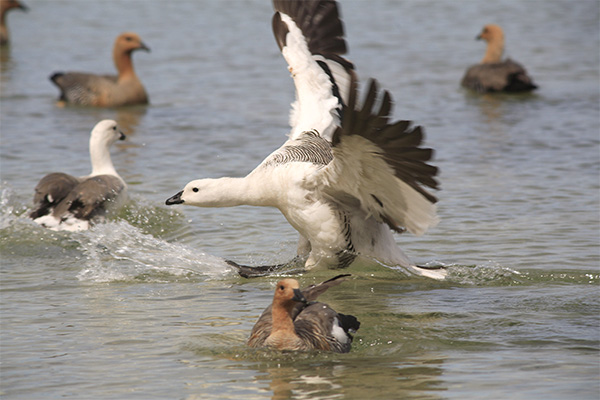
Although wild, Upland Geese are seen in Stanley. Males have white plumage, while females are brown. They are often spotted grazing in grassy fields.
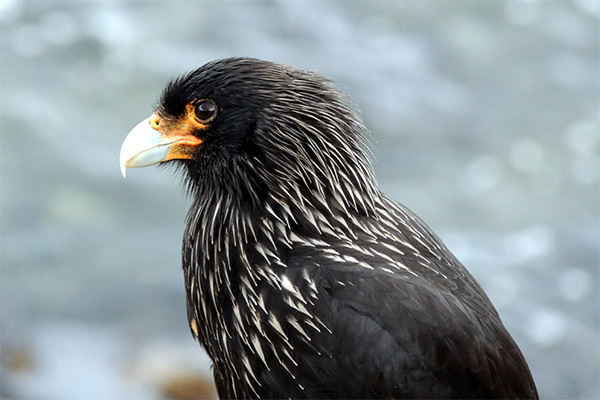
A bold and curious bird of prey, intelligent and fearless. Found throughout the Islands, they are often not afraid of human presence and can be seen investigating campsites or unattended belongings!
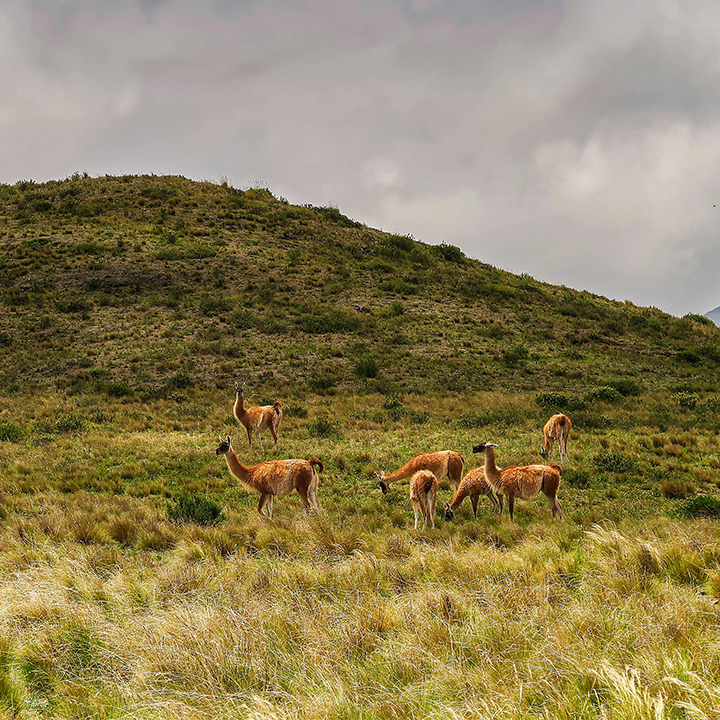
Over the past century, several unusual animals have been introduced to the Falkland Islands. These introduced species add to the local wildlife, but conservation efforts are focused on preserving the unique native ecosystems.
While not native to the area, these species can be seen on some of the outer islands:
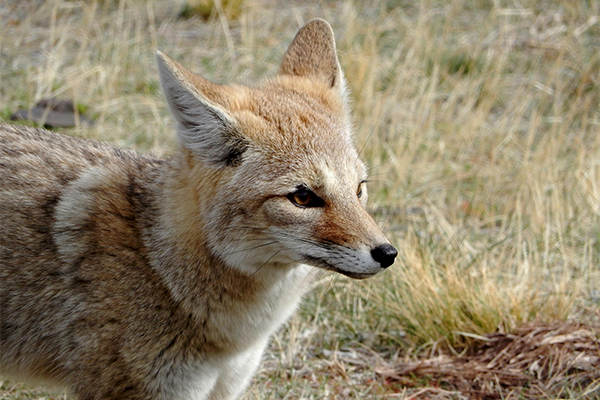
A rare sight in the Falklands, introduced but now very few in number.

Originally introduced for farming, small populations can still be found on some islands.
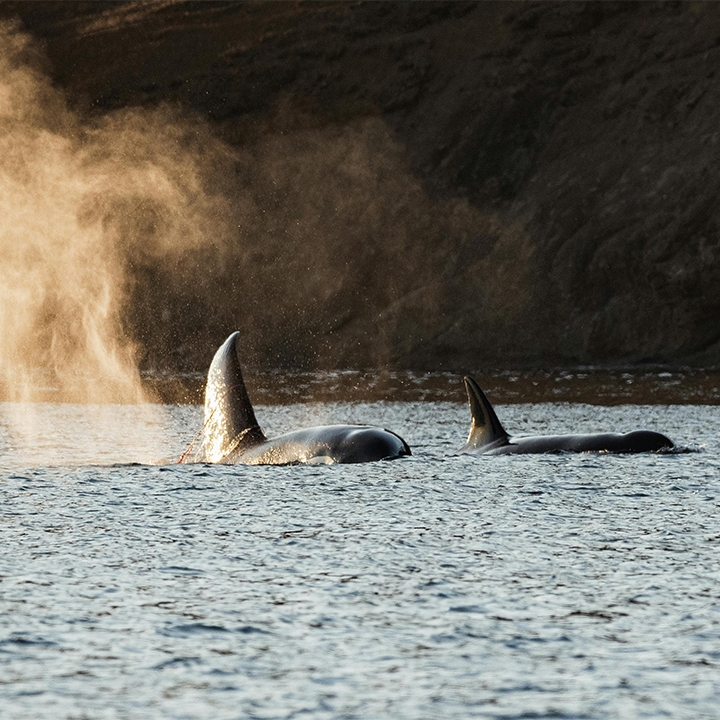
The Falkland Islands are home to a rich variety of marine mammals, with three breeding seal species and over 20 recorded species of cetaceans, including inshore and offshore populations of dolphins and whales. They can often be seen along the coast or in the surrounding waters.
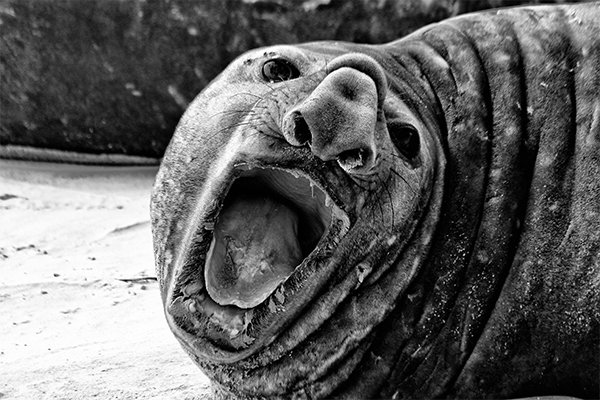
The largest seal in the Falklands, males can grow up to 5 metres long and are recognisable by their bulbous noses. They can often be seen on beaches, especially during breeding season.
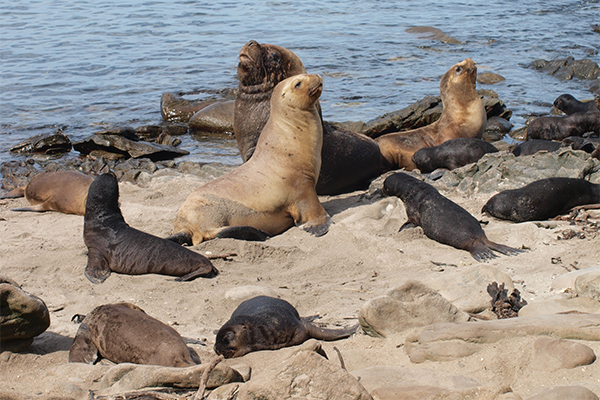
Found on rocky beaches and Tussac Islands (small islands around the main Falkland Islands that are primarily covered in tussac grass), male bull sea lions have large heads and thick manes. They can move very fast on land, so keep a safe distance!

Common in coastal waters, Peale’s dolphins are easy to see by their tall dorsal fin. They can often be seen at Surf Bay, where they love to chase waves and perform acrobatic leaps.
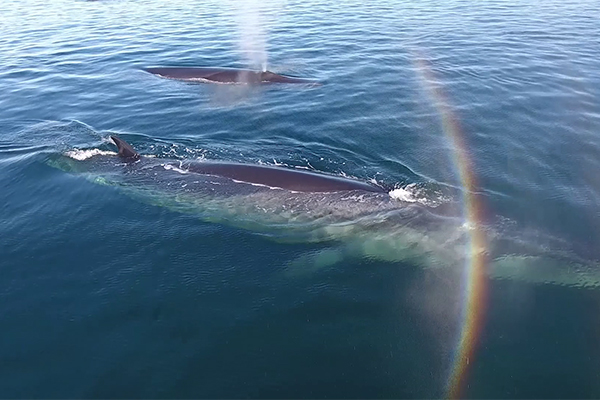
The most commonly seen whale in coastal waters during summer and autumn, Sei whales feed on lobster krill and other crustaceans. They are also one of the key study species in marine research around the Islands.
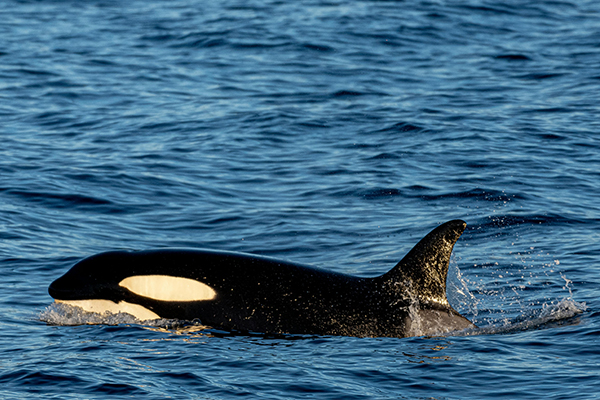
Orcas are regular annual visitors and can be seen off the coast of Sea Lion Island from October to February. They are intelligent pack hunters and prey on seals, penguins and even other whales.
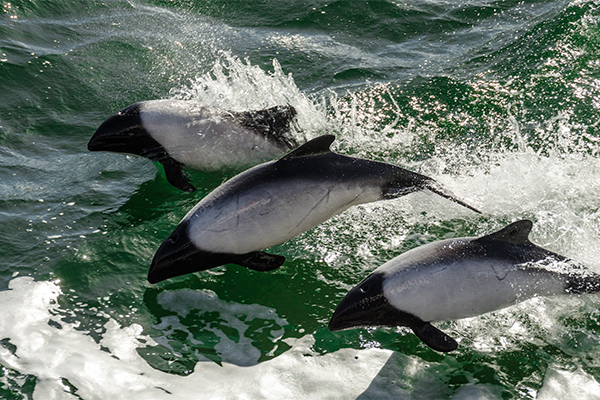
Locally known as ‘Puffing Pigs’ due to the snorting sound they make when surfacing, Commerson’s dolphins are smaller than Peale’s dolphins and have a rounded dorsal fin. They can often be seen playfully following small boats in coastal waters.
The Falkland Islands Countryside Code offers essential guidance for both residents and visitors, helping to protect the Islands’ unique environment and wildlife. By following these guidelines, we can protect our environment and ensure that the natural beauty of the Falklands is preserved for future generations to enjoy.
Here are some of the key rules: